If you have been on any social media site in the last few weeks, and have ever looked up anything at all to pertaining to beauty (so every teenager ever), you will have been inundated with cosmetologists and plastic surgeons analysing a celebrity face who’s undergone a ‘glow up’ (read: total transformation) and they will be speculating on what procedures they’ve had done.
This month’s obsession seems to be former child-star, Lindsay Lohan, who had a pretty rough ride with the media over the last couple of decades, as we watched her spectacular fall from Disney grace and various brushes with the law, rehab and obviously serious addiction. Now in her late thirties, she’s emerged somewhat phoenix-like, looking wonderfully healthy and happy, a new mum, and arguably with a very different face to what she had just a few years ago. Now, I’m not here to litigate on what she’s had and not had done as it’s not my business, but I suspect it’s a ‘little’ more than green juices and a healthier lifestyle.
In Gen A world, Lohan’s face has become an obsession, and there are zillions of TikTok and Insta-hours dedicated to analysing this, along with all the other shapeshifting celebrity faces – male and female – and the one mantra that comes up again is ‘not ugly, but poor.’ The translation of this is, we could all look flawless, tweaked and with a new face entirely, if we had the hundreds of thousands of pounds these kinds of transformations – both face and body – these will cost.
It's hard to adequately put into words how dangerous this ‘not ugly, but poor’ ideology is. It centralises a very monolithic beauty as not just the ideal but preferable to any of the lovely quirks and facial idiosyncrasies we were all born with. Whilst doubtless, these celebrity men and women do look beautiful, I would argue that this tweaking and changing, erases individuality and gives everyone a samey look, and it’s getting harder to distinguish from your Kardashians, Lohans and Livelys, because once they all looked very different, but now all share the same thin noses, Insta eyes, lasered skin, plump lips and contoured cheek bones.
Liza, 16, says, “I hate it when people say now ‘natural beauty’ is cute, because it so isn’t. Not perfect lips, a small nose, a big nose, freckles, a chin that isn’t perfect, normal hair – it just doesn’t cut it anymore, does it? How can anyone compete if you can’t have - or more importantly afford - that perfect celeb face?’
Liza’s sentiment is echoed everywhere and the correlation between wealth and beauty is going to grow, because simply put, nature doesn’t tend to produce flawless, symmetrical beauty. The features of individuality we once celebrated as beautiful are being erased under a cosmetologist’s needle or a plastic surgeon’s scalpel, and this new Lohan-esque face is being held up as the ideal by millions of teenagers who still have their own beautiful, individual faces – and are feeling like they don’t measure up. And it’s by no means just the women, there are all kinds of whispers about the ‘transformations’ of Joe Jonas, Zach Efron, Elon Musk, and rather tragically, Liam Payne, who was supposed to be quite anxious about what he perceived as his round face before he died.
What this is going to do to young people who are lost in this world of symmetrical, flawless faces, especially when comparing them to what nature gave them is incalculable. Girls and boys as young as ten being hammered by #looksmaxxing and #glowups are being pressured into crazily intricate beauty regimes using products that contain ingredients that are entirely unsuited to young skin. But worse than that, I can’t tell you how many thousands of teens and tweens I’ve spoken to who are googling and planning lip filler, jaw contouring, shredding and BBL’s.
We now live in a world, where it simply doesn’t cut it to say, ‘natural beauty is best’ and then all go onto Insta and start planning our future faces if we ever win the lottery. In a world, where some of the most beautiful men and women are paying literally hundreds of thousands of pounds to change their faces and bodies, it’s no surprise that ‘not ugly, but poor’ has become such a battle cry for #GenA who might be told natural is best, but absolutely don’t believe it because of the images and endless vids about glowups, looksmaxxing and transformations they see thousands of times a day.
So, what to do about all of this? At this point, it’s fair to say, the genie is out of the bottle and unless you move to an Amish community, young people are going to be tempted by the fruits of Insta-beauty if they are in possession of a phone.
So, in a sense, we need to start again with tweens and younger teens and start getting them to believe that there is real beauty in natural beauty, that taking care of themselves is fine but this shouldn’t tip into obsession or ruining their short childhoods and teen lives, that these tweaked celebrities will spend the rest of their lives shelling out extortionate amounts of money to upkeep their faces and bodies, which just doesn’t sound fun, and most importantly helping them make sense of what products they should and shouldn’t be using and what rituals are safe and manageable.
Which is why I’m so excited The Respect Project is working in collaboration with Cult Beauty to launch the Teen and Tween Skincare Guide – which aims to normalise the normal, debunk skincare myths and celebrate ‘real’ beauty as it exists for 99% of the population. The brainchild of Alicia Hickey and written by her and Verity Douglas at Cult Beauty, in collaboration with all my other Respect Project work, we’ll be making this available – for free – to all schools, organisations, parents and anyone else, really – who wants to help their teen and tween navigate the scary beauty standards and minefield of products that are being pushed on young people on every conceivable platform.
I’m going to be talking about this a lot in the coming weeks, and I can’t wait to unveil it it collaboration with Cult Beauty, but in cold January, when everyone is full of good intentions, maybe we all need to be making a resolution to start making things for better for millions of young people, who, have been conditioned to feel so bad about themselves.
It’s time to get back to celebrating beauty in all its forms – and not just if you have the idealised Insta-face.

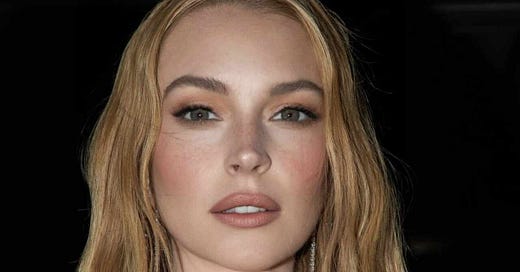



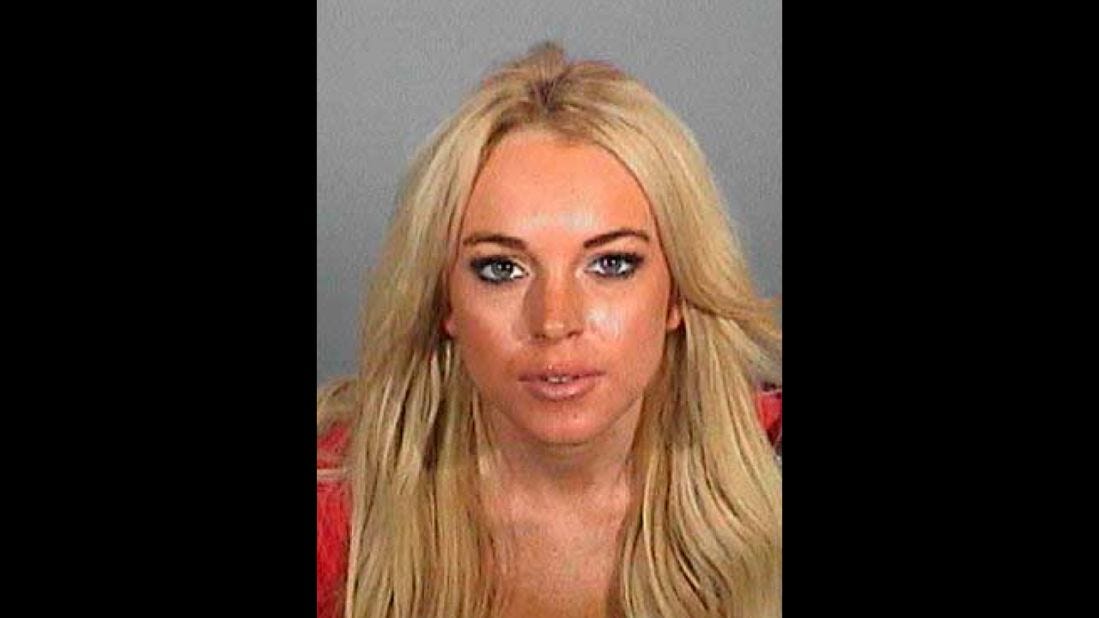
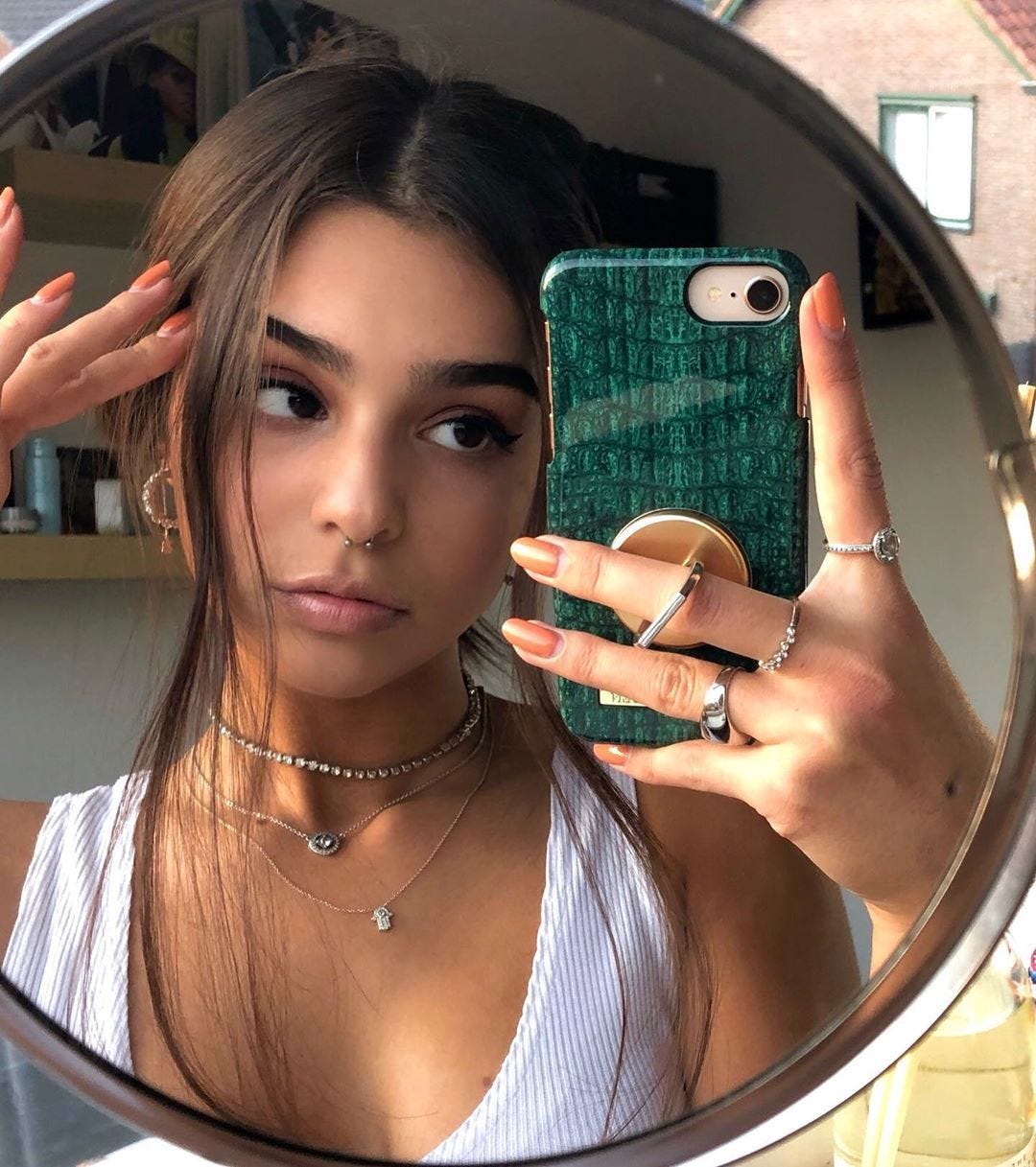
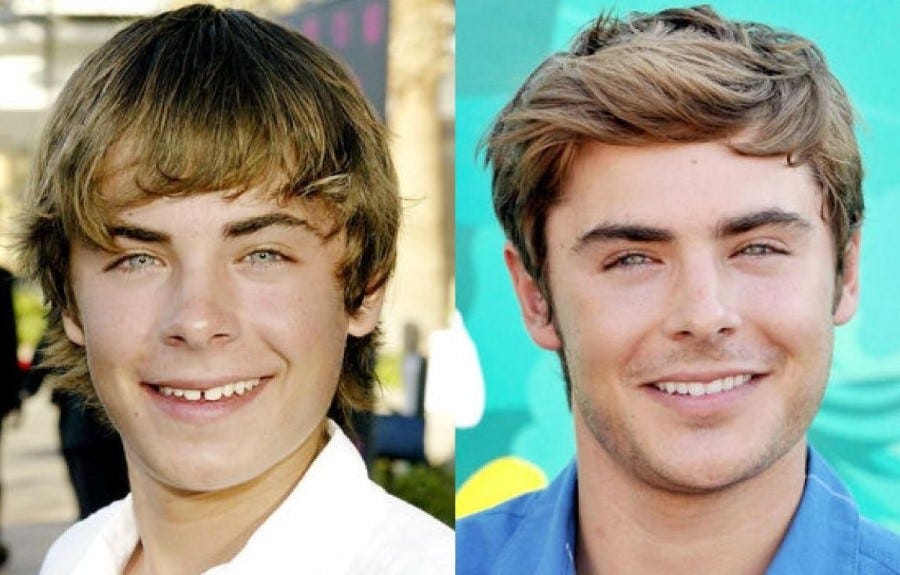
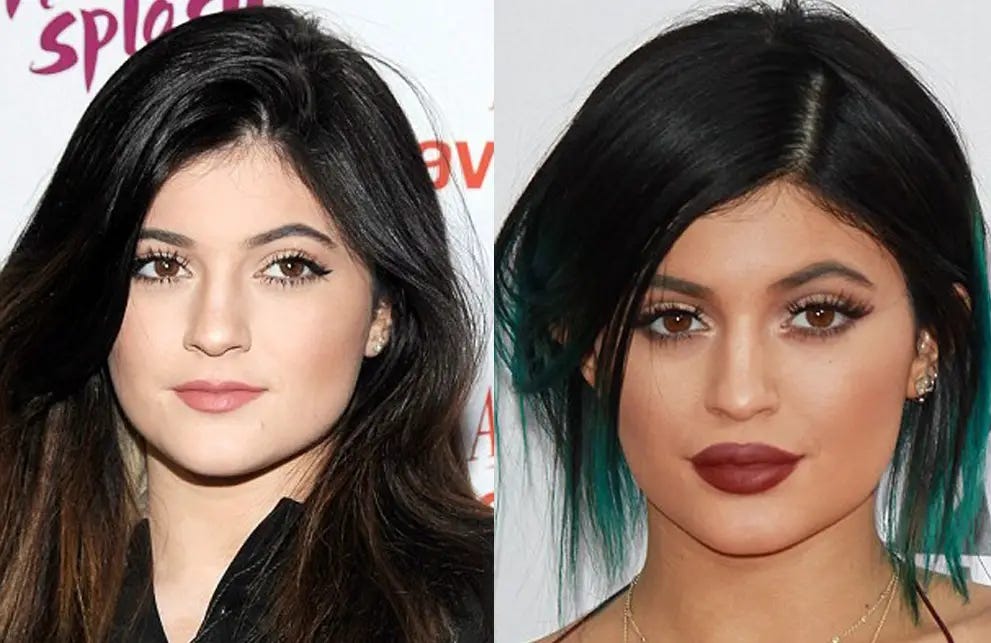


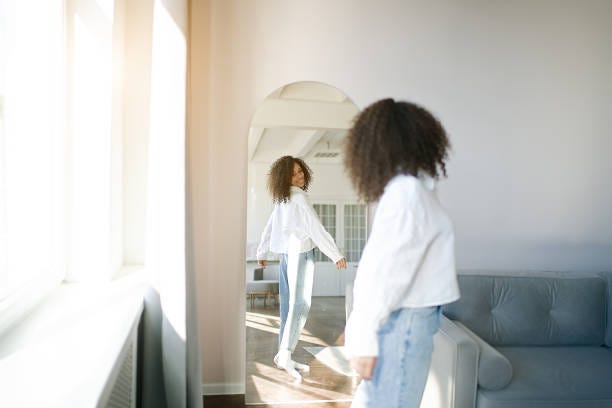
I remember when my great-grandmother died, and I was at her funeral, staring at her lying in her casket. I was a child, maybe around ten years old.
My grandfather knelt in for his final goodbye, and broke down sobbing. He loved his mother, my emigre Baba Sokol, a jovial Belarusian woman who sowed her own clothes, made bootleg vodka, climbed onto her roof in her 90s, and mostly spoke Russian but cracked jokes in English to make us laugh.
As my grandfather was demonstrating his deep grief and his love for his mother, I watched intently, emotionally moved, in awe at such a young age of the significance of the moment.
I remember distinctly looking at her nose, at her profile. Looking at my grandfather, his nose, and it struck me: I have the same nose.
One day, I remember thinking, when I am lying in a casket like her, that will be my nose.
I’ve never had the desire to get a nose job. I have my Baba’s Slavic nose. It is not something I’ve ever wanted to erase or change. My nose is a part of my heritage. It’s a part of who I am.
To each their own, when it comes to noses and nose jobs.
But isn’t it something that women are changing their faces to conform to some kind of hegemonic aesthetic that not only erases their individuality, but their ancestral identity?